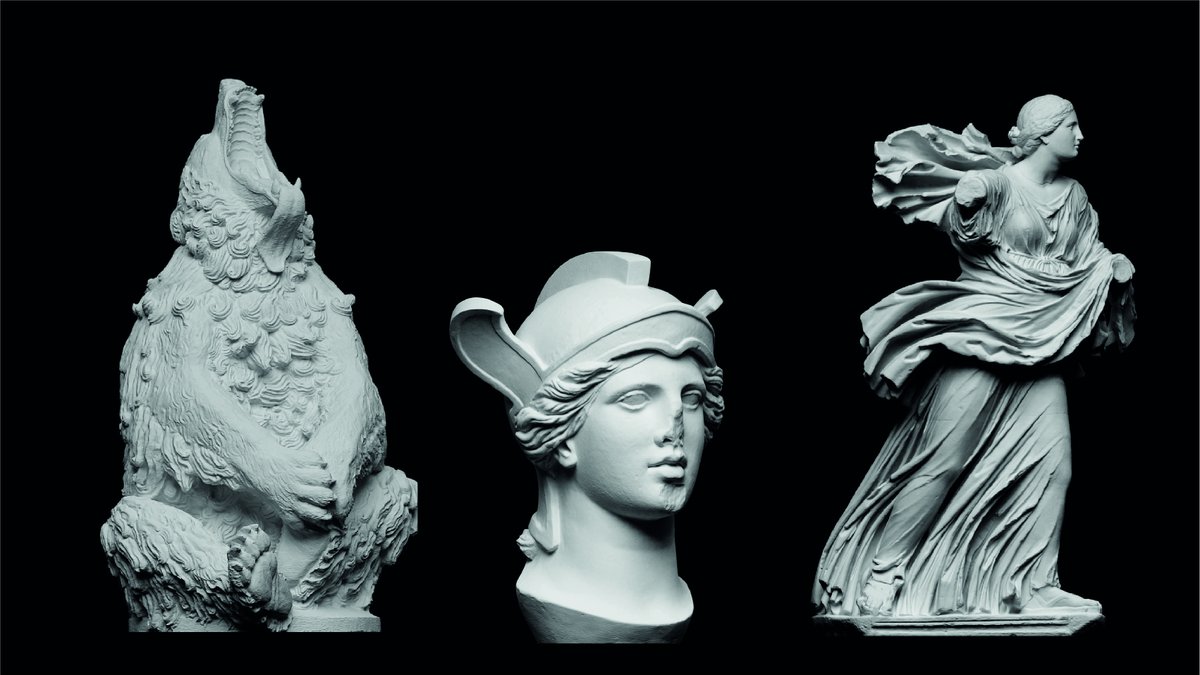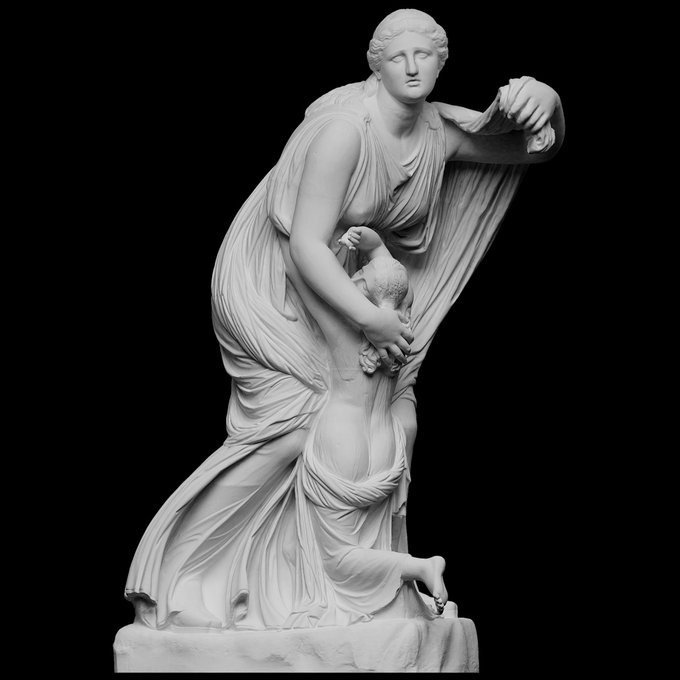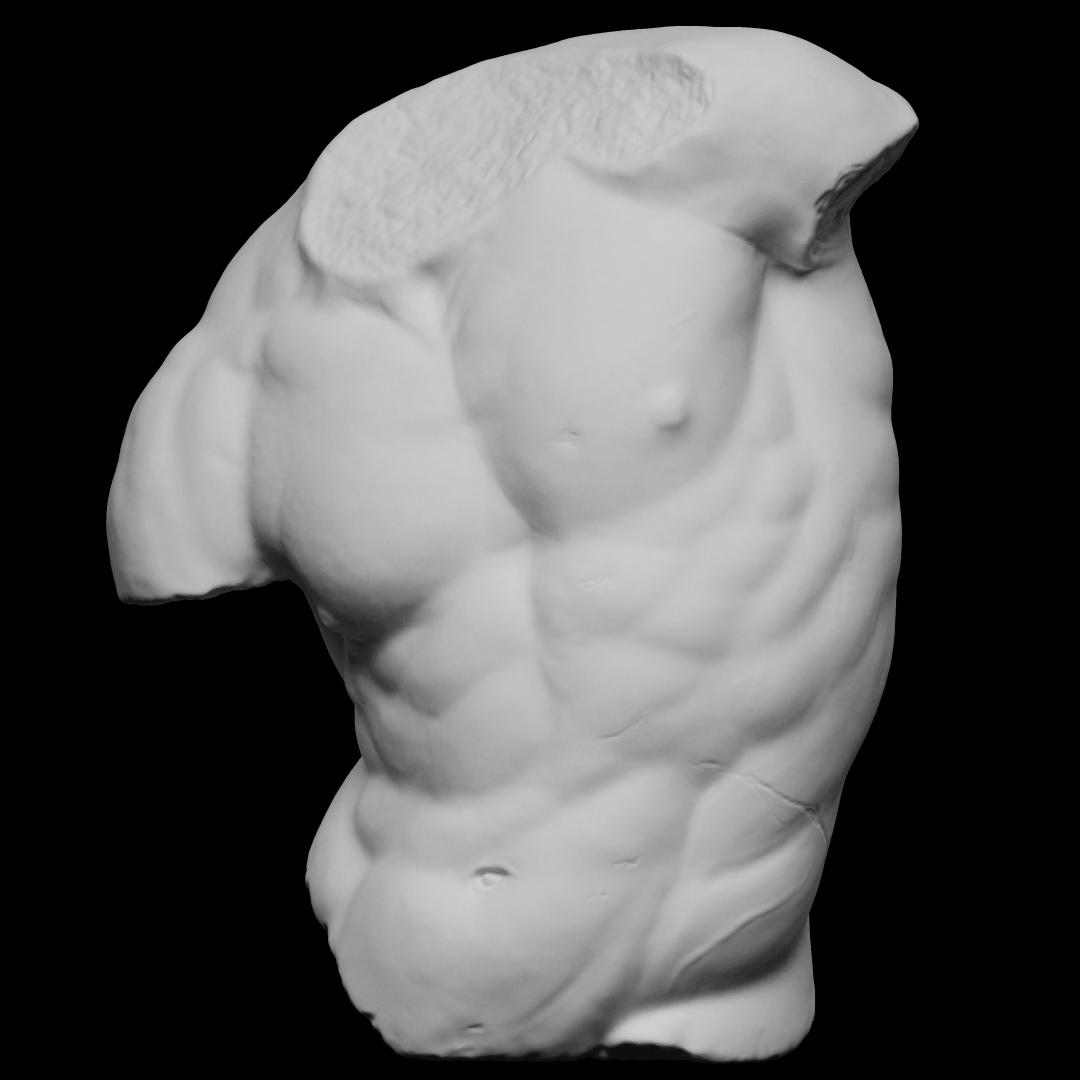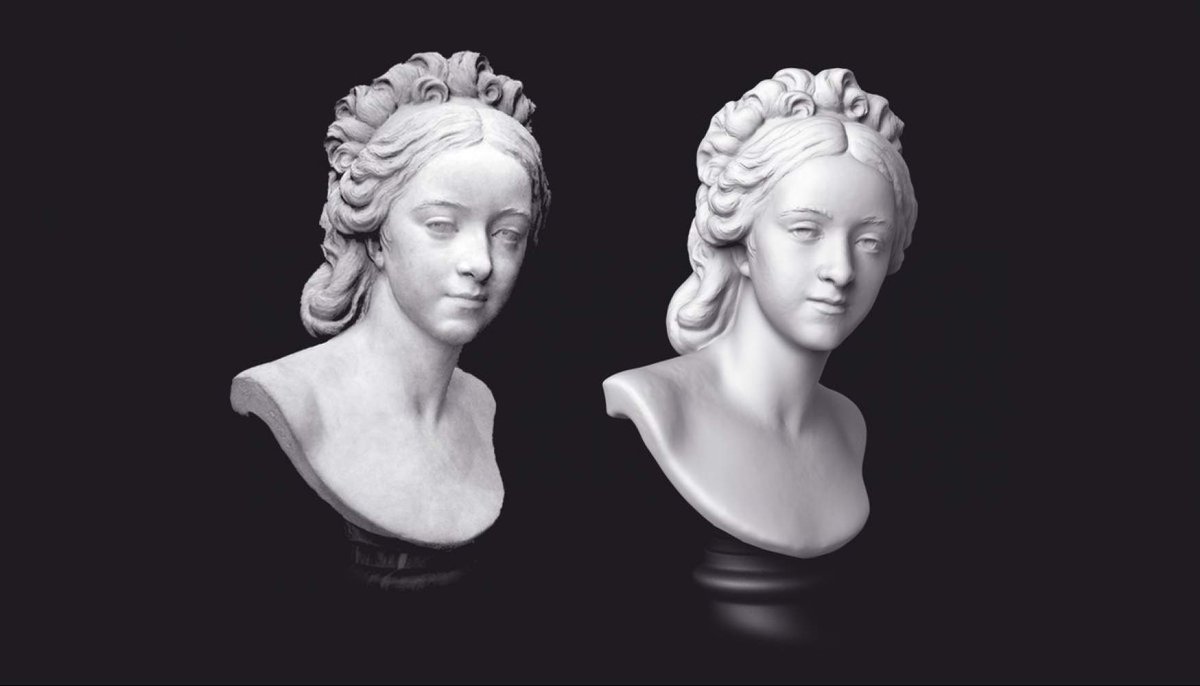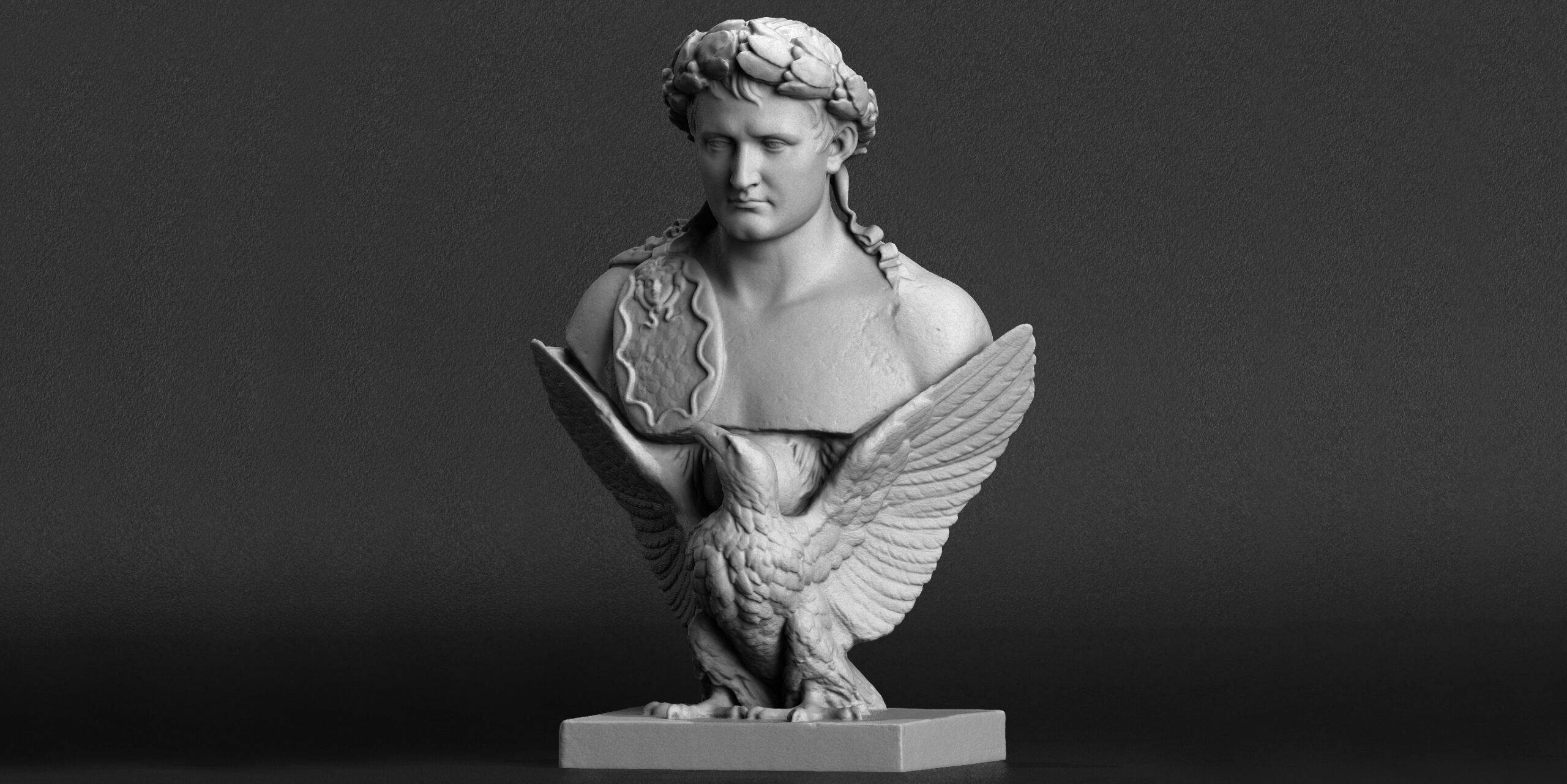[Most Recent Entries] [Calendar View]
Friday, April 23rd, 2021
| Time | Event |
| 8:00a | Critics Celebrate Two-Lane Blacktop, the 1971 Existential Road-Movie Masterpiece by Monte Hellman (RIP), Starring James Taylor & Dennis Wilson The road movie has long since proven itself as one of the great American cultural forms, not least by capturing the imagination of other societies, no matter how distant or different. As New York Times critic A.O. Scott declares in the video above, “one of the finest road movies, and perhaps the purest of them all, is Monte Hellman’s Two-Lane Blacktop.” In his original 1971 review of the film, a Roger Ebert described Hellman as “an American director whose work is much prized by the French, who have a knack for finding existential truths in movies we thought were Westerns.” In some sense Two-Lane Blacktop is indeed a Western, but Hellman’s death earlier this week will prompt many to revisit the film and see that it’s also much more — as well as much less. Two-Lane Blacktop ostensibly tells the story of a cross-country race from New Mexico to Washington, D.C. In one car, a customized 1955 Chevrolet 150, are quasi-hippie gearheads known only as the Driver and the Mechanic (joined for a stretch by a hitchhiking Girl). In the other, a brand-new GTO, is a middle-aged man known only as GTO. “The mysticism of this movie is in its absence of mysticism,” says Scott. “It’s so literal-minded, so bare-bones, so absurd, and it exposes not only the romance of the open road and the car culture, but the emptiness, the nihilism.” Hellman, as the New Yorker‘s Richard Brody puts it in his own video essay, “shears this composition down to its existential bare bones,” leaving not much more in its reality than what Ebert calls “miscellaneous establishments thrown up along the sides of the road to support life: motels, gas stations, hamburger stands.” As stripped-down as its ’55 Chevy, Two-Lane Blacktop rolled up in the wake of Dennis Hopper’s Easy Rider, whose success convinced more than a few studios that cheaply produced, counter-culturally themed road movies could hit the box-office jackpot. Though unsuccessful upon its initial release just shy of 50 years ago, the film has only consolidated its power since. Some of that power comes from unexpected sources, such as the casting of singer-songwriter James Taylor and the Beach Boys’ Dennis Wilson as the Driver and the Mechanic. These musicians, to Brody’s mind, “exert a negative charisma: their presence is both powerful and blank, deeply expressive in its neutrality.” Scott sees Taylor’s turn in particular as occupying “a realm beyond acting, in a kind of deadpan, stoned, zen state of non-performance.” As GTO, Warren Oates brings all the traditional acting chops Two-Lane Blacktop requires, shifting between braggadocio, pathos, and a kind of postmodern posturing as often as he changes his boldly colored V-neck sweaters. “This nameless driver has bought the James Bond ideal of the well-rounded man,” writes Kent Jones in his essay on the film for the Criterion Collection, “but he prefigures Woody Allen’s Zelig in the desperate speed with which he adapts himself to every new situation and passenger.” These tendencies can’t save him on the entropic open road, only emphasizing as it does what Brody calls “the impossibility of solitude, the tendril-like encroachment of the outside world.” But then, neither can the mechanical single-mindedness of the Driver and Mechanic. This is the American condition, but only in that it’s a high-octane distillation of the human one. Related content: A Brief History of the Great American Road Trip 178,000 Images Documenting the History of the Car Now Available on a New Stanford Web Site Rock Stars Who Died Before They Got Old: What They Would Look Like Today Tom Waits Names 14 of His Favorite Art Films A Hulking 1959 Chevy Bel Air Gets Obliterated by a Mid-Size 2009 Chevy Malibu in a Crash Test Based in Seoul, Colin Marshall writes and broadcasts on cities, language, and culture. His projects include the Substack newsletter Books on Cities, the book The Stateless City: a Walk through 21st-Century Los Angeles and the video series The City in Cinema. Follow him on Twitter at @colinmarshall or on Facebook. Critics Celebrate Two-Lane Blacktop, the 1971 Existential Road-Movie Masterpiece by Monte Hellman (RIP), Starring James Taylor & Dennis Wilson is a post from: Open Culture. Follow us on Facebook, Twitter, and Google Plus, or get our Daily Email. And don't miss our big collections of Free Online Courses, Free Online Movies, Free eBooks, Free Audio Books, Free Foreign Language Lessons, and MOOCs. |
| 2:00p | 30,000 People Line Up for the First McDonald’s in Moscow, While Grocery Store Shelves Run Empty (1990) Everyone has waited in a long line — for burgers, Broadway tickets, Black Friday sales… But few us have the notorious queuing resilience of the Soviets. “When the first McDonald’s arrived in Moscow in 1990, the city went mad,” Boris Egorov writes at Russia Beyond. “Thousands of Muscovites flocked to the new burger joint, forming lines several kilometers long in the center of Moscow on Pushkinskaya Square.” On its first day, the restaurant obliterated the previous record for most McDonald’s customers (9,100 in Budapest), serving over 30,000 people, a testament to the fortitude of the employees. The CBC news segment on the opening above quotes a line from Pushkin to set the scene: “a feast in a time of plague.” Stereotypes of fast food workers as lacking in skill and ambition did not find purchase here. “The first workers,” Egorov notes, “were the crème de la crème of Soviet youth: students from prestigious universities who could speak foreign languages with brilliant customer service skills.” Their cheerfulness so unnerved some customers that they were asked to tone it down for Russians “accustomed to rude, boorish service.” Customers seemed less awed by the iconography than the “simple sight of polite shop workers,” wrote an American journalist. The restaurant, once a tourist attraction, notes travel site Bridge to Moscow, had “more than 700 seats inside and 200 outside,” and was once the largest McDonald’s in the world. The Moscow McDonald’s represented more for Russians than an American novelty. Original customer Ksenia Oskina had never heard of McDonald’s before she visited. She later saved her Big Mac box. “I used that Big Mac box for a long time and put my sandwich in there instead of a lunchbox,” she tells The Washington Post. “I’d clean it, dry it on the heater and then use it again.” It wasn’t about brand recognition for many who dutifully lined up to pay half a day’s wages for a couple “thin slabs of meat and sliced vegetables between buns of bread.” (Sorry… “two all-beef patties, special sauce, lettuce, cheese, and a sesame seed bun…..”) What did Soviet Russians, who had not been raised to sing fast food advertising jingles, see in the new restaurant? Capitalism’s promises of abundance. One Soviet journalist wrote of McDonald’s as “the expression of America’s rationalism and pragmatism toward food.” Just months afterward, the first Pizza Hut arrived. As the Soviet Union dissolved less than two years later, the country saw the creation of more desire for high-calorie, ultra-processed foods with Western-style TV ads: most famously a Pizza Hut spot from 1997 featuring the U.S.S.R.’s last premier, Mikhail Gorbachev. (“Because of him, we have Pizza Hut!”) The politics may have mattered little to the average Muscovite McDonald’s customer in 1990. “Visiting the restaurant was less a political statement than an opportunity to enjoy a small pleasure in a country still reeling from disastrous economic problems and internal political turmoil,” notes History.com. Large, seemingly abstract problems had tangible effects: the empty grocery stores for which the failing empire became famous. The Moscow McDonald’s was a colorful oasis for its first customers, who had no sentimental associations with burgers and fries. Now, those tastes are nostalgic. “I love it,” said Oskina thirty years later. “For some reason in America, it’s not as tasty as it is here.” Insert your own dated Yakov Smirnoff reference. Related Content: The Beautiful, Innovative & Sometimes Dark World of Animated Soviet Propaganda (1925-1984) Josh Jones is a writer and musician based in Durham, NC. Follow him at @jdmagness 30,000 People Line Up for the First McDonald’s in Moscow, While Grocery Store Shelves Run Empty (1990) is a post from: Open Culture. Follow us on Facebook, Twitter, and Google Plus, or get our Daily Email. And don't miss our big collections of Free Online Courses, Free Online Movies, Free eBooks, Free Audio Books, Free Foreign Language Lessons, and MOOCs. |
| 7:00p | 3D Print 18,000 Famous Sculptures, Statues & Artworks: Rodin’s Thinker, Michelangelo’s David & More
To recent news stories about 3D printed guns, prosthetics, and homes, you can add Scan the World’s push to create “an ecosystem of 3D printable objects of cultural significance.” Items that took the ancients untold hours to sculpt from marble and stone can be reproduced in considerably less time, provided you’ve got the technology and the know-how to use it. Since we last wrote about this free, open source initiative in 2017, Scan the World has added Google Arts and Culture to the many cultural institutions with whom it partners, expanding both its audience and the audience of the museums who allow items in their collections to be scanned prior to 3D printing.
Community contributors have uploaded scan data for over 18,000 sculptures and artifacts onto the platform. China and India are actively courting participants to make some of their treasures available. Although Scan the World is searchable by collection, artist, and location, with so many options, the community blog is a great place to start. Here you will find helpful tips for beginners hoping to produce realistic looking skulls and sculptures — control your temperature, shake your resin, and learn from your mistakes.
Got an unreachable object you’re itching to print? Take a look at the drone photogrammetry tutorial to prep yourself for taking a good scan — rotate slowly, remember the importance of light, and get up to speed on your drone by test-driving it in an open location. Keep an eye peeled for competitions, like this one, which was won by a photo editor and retoucher with no formal 3-D training. Art lovers with little inclination to crack out the 3D printer will find interesting essays on such topics as the Gates of Hell, scanning in the pandemic, and the history of hairstyles in sculpture You can also embark on a virtual tour of some of the global locations whose splendors are being scanned, programmed, and rendered in resin.
A virtual trip to Paris takes in some of the Louvre’s greatest 3-dimensional hits: the Venus de Milo, Winged Victory, and Psyche Revived by Cupid’s Kiss. (Any one of those oughta class up the ol’ bedsit…) The virtual trip to Austria includes Kierling’s monument to Franz Kafka, the Beethoven memorial in Vienna’s Heiligenstädter Park, and Klaus Weber’s tribute to Hugo Rheinhold’s Darwinian sculpture, Monkey with Skull. (1,868 downloads and counting!) A Google map awaits those who would tour the original flavor inspirations in person. Begin your explorations of Scan the World here, and do let us know in the comments if you have plans for printing. Related Content: The Earth Archive Will 3D-Scan the Entire World & Create an “Open-Source” Record of Our Planet Ayun Halliday is an author, illustrator, theater maker, Chief Primatologist of the East Village Inky zine, and sometimes, a French Canadian bear known as L’Ourse. Follow her @AyunHalliday. 3D Print 18,000 Famous Sculptures, Statues & Artworks: Rodin’s Thinker, Michelangelo’s David & More is a post from: Open Culture. Follow us on Facebook and Twitter, or get our Daily Email. And don't miss our big collections of Free Online Courses, Free Online Movies, Free eBooks, Free Audio Books, Free Foreign Language Lessons, and MOOCs. |
| << Previous Day |
2021/04/23 [Calendar] |
Next Day >> |






